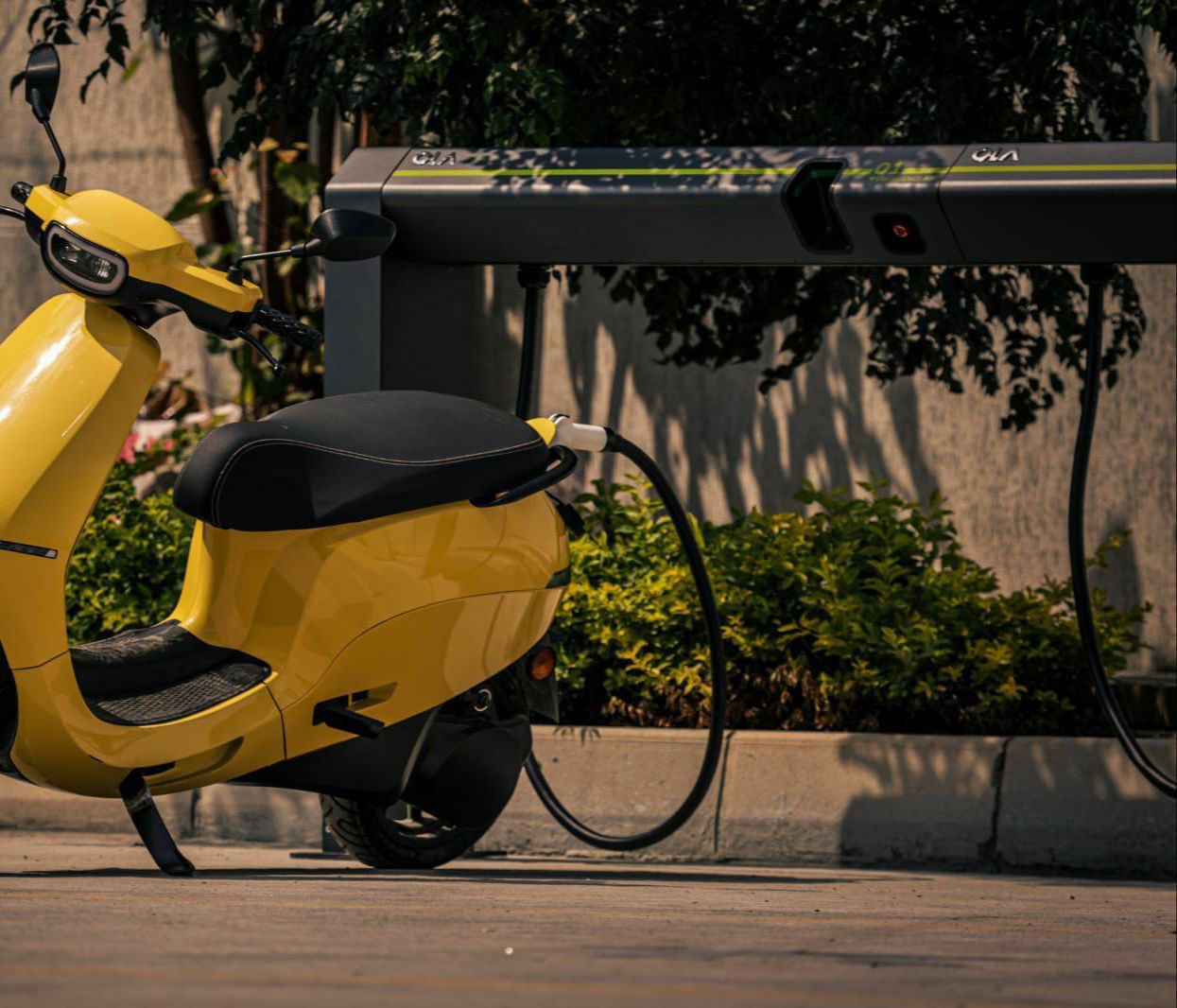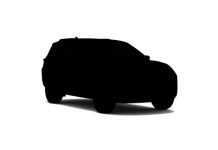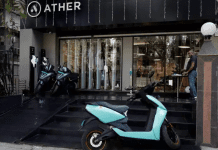
Ola Electric is the child company of Ola which is a leader in the electric Two Wheeler business and has recently made significant strides in the EV market. Ola Electric was officially established in 2017 in association with Matrix India and Tiger India.
Within the recent development and name, the business is looking to bring e-vehicles onto the road in large numbers. The industry leader in application-based hailing, Ola has used its shape to offer products that are more classy, easier to use, and safer to operate.
Table of Contents
What are the technical qualities of Ola electric’s new EV?
With a motor power of 6,000 W and a torque of 50 Nm, the high-end scooter of Ola Electric has a maximum range of 80 km per charge. The Ola scooter has clocks, Bluetooth, and mobile connectivity as technical features.
Battery Weight (8.5 kg per Module), Trunk Size (50 L), Detailed Diagnostics via Built-in App, 0-45 (3.9 sec), Speakers, Android OS, Find My Scooter, Charging Control, Internet connectivity, Navigation, Music, Hill hold, inbuilt navigation, keyless entry, reverse assistance, and cruise control, Phone Control, Advanced Diagnostics, GPS/GLONASS/Galileo, Digital speedometer, Tripmeter, and Console with a 7-Inch full-screen touch screen display are some of the additional features of the scooter.
With this knowledge let us have a look at the Pros and Cons of the Ola Electric scooter.
Pros of Ola Electric Scooter
- Futuristic EV: Ola Electric is India’s first largest manufacturer that has a solid market distribution potential not just this but they offer more futuristic, smooth, and classy scooter options. They are ready to offer those qualities we didn’t even think about like Bluetooth, Android OS, Find my scooter, Hill hold, inbuilt navigation, keyless entry, reverse assistance, cruise control, etc.
- Prices: When you are ready to offer so many advancements in a single scooter then people will be ready to spend as much price as you demand given the quality shouldn’t change. The excellent value is given at an available best-in-class characteristic. With superior performance compared to other mass-market scooters sold in India.
- Large Network: The Ola Electric Deliveries allegedly began simultaneously in more than 1,000 cities across the nation. On paper, no dealership model (with customers as the focus) is ideal. Deliveries to homes and services, including preventative maintenance for things like brake pad wear.
- Charge and Range of the scooter: The Ola Electric offers 75 kilometers of range with just a charging of 18 minutes. If you want a full charge, then the Ola S1 Electric requires 4 hours and 48 minutes to fully charge, while the S1 Pro can be charged with a 750W portable charger in 6 hours and 30 minutes.

- Certifications: ARAI-certified range of 121 km for the S1 and 181 km for the S1 Pro, according to IDC, provides worry-free distance for daily runs.
Cons of Ola Electric Scooter
- Issues in the vehicle: There have been various issues that are reported against the Ola Electric scooters which are proving to be the major cause of failure in the growth of Ola’s electric vehicles. Let us discuss these issues one by one.
- Incidents of fire– This incident got a lot of limelight as a man in Maharashtra reported this incident. The big reason for this failure is that Ola Electric’s battery cells and battery management system have a problem.
- Software Malfunctioning: This includes a sudden acceleration without input and the scooter going into reverse on its own.
- Front suspension unit breaking: Since there are no outward indications of any collision or accident, it appears that the suspension broke on its own or may have detached after running into a pothole or other impediment.
 Such quality issues are detracting from Ola Electric’s reputation as well as deterring consumers who are thinking about purchasing an electric vehicle.
Such quality issues are detracting from Ola Electric’s reputation as well as deterring consumers who are thinking about purchasing an electric vehicle. - Delivery of unfinished products: The product continues to feel rushed into production, and much more power delivery fine-tuning is needed for the ideal riding experience (media drive bikes were still running beta software).
- Lack of effective communication: Concerns about the new dealers’ support model’s efficacy, particularly in semi-urban and rural locations. The OLA Electric App and customer service call center are the first points of contact for clients.
Conclusion of Ola electric scooter
Performance testing is undoubtedly the most crucial component for Ola’s electric vehicle, the company’s debut offering. There were some rough edges because the software was still in beta and improvements were still being made, but overall the experience was positive enough to say with certainty that this electric rival should be taken seriously by those who make petrol engines.


 Such quality issues are detracting from Ola Electric’s reputation as well as deterring consumers who are thinking about purchasing an electric vehicle.
Such quality issues are detracting from Ola Electric’s reputation as well as deterring consumers who are thinking about purchasing an electric vehicle.




